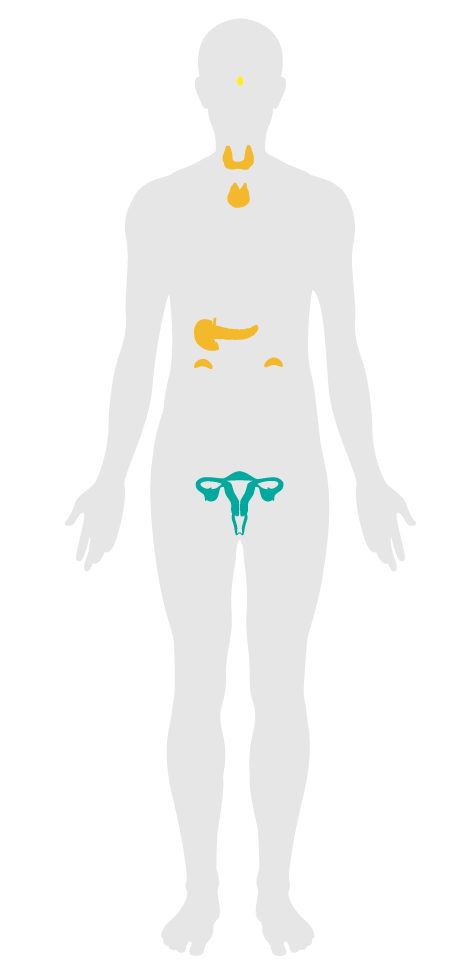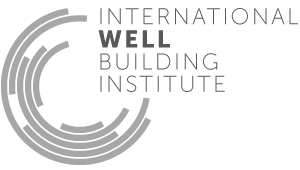Toxic material reduction
- 1 Air quality standards
- 2 Smoking ban
- 3 Ventilation effectiveness
- 4 VOC reduction
- 5 Air filtration
- 6 Microbe and mold control
- 7 Construction pollution management
- 8 Healthy entrance
- 9 Cleaning protocol
- 10 Pesticide management
- 11 Fundamental material safety
- 12 Moisture management
- 13 Air flush
- 14 Air infiltration management
- 15 Increased ventilation
- 16 Humidity control
- 17 Direct source ventilation
- 18 Air quality monitoring and feedback
- 19 Operable windows
- 20 Outdoor air systems
- 21 Displacement ventilation
- 22 Pest control
- 23 Advanced air purification
- 24 Combustion minimization
- 25 Toxic material reduction
- 26 Enhanced material safety
- 27 Antimicrobial surfaces
- 28 Cleanable environment
- 208 Injury prevention
25. Toxic material reduction
Many hazardous or potentially hazardous substances are still used to manufacture building materials, despite being known or widely suspected to cause health problems. A precautionary approach—taking reasonable steps to minimize risks and avoid a hazard—suggests avoiding such substances when possible.
This feature identifies some potentially harmful chemical compounds commonly found in building materials, and suggests avoiding them in certain applications. Refer to Table A3 in Appendix C for specific chemical names and registration numbers.
No perfluorinated compounds (PFCs) are present in the following condition:
The following are forbidden in regularly occupied spaces:
Halogenated flame retardants are limited in the following components to 0.01% (100 ppm) to the extent allowable by local code:
DEHP, DBP, BBP, DINP, DIDP or DNOP (often found in polyvinyl chloride [PVC])] are limited in the following components to 0.01% (100 ppm):
Isocyanate-based polyurethane products are not used in:

Applicability Matrix
| Core & Shell | Tenant Improvement | New Construction | |
|---|---|---|---|
| Part 1: Perfluorinated Compound Limitation | - | O | O |
| Part 1: Appliance and Heater Combustion Ban | O | O | O |
| Part 2: Flame Retardant Limitation | - | O | O |
| Part 3: Phthalate (Plasticizers) Limitation | - | O | O |
| Part 4: Isocyanate-Based Polyurethane Limitation | - | O | O |
| Commercial Kitchen | Schools | Multifamily Residential | Restaurant | Retail | |
|---|---|---|---|---|---|
| Part 1: Perfluorinated Compound Limitation | O | O | O | O | O |
| Part 1: Appliance and Heater Combustion Ban | - | P | O | O | O |
| Part 2: Flame Retardant Limitation | O | O | O | O | O |
| Part 3: Phthalate (Plasticizers) Limitation | O | O | O | O | O |
| Part 4: Isocyanate-Based Polyurethane Limitation | O | O | O | O | O |
Verification Methods Matrix
| Letters of Assurance | Annotated Documents | On-Site Checks | |
|---|---|---|---|
|
PART 1 (Design) Perfluorinated Compound Limitation |
Architect | ||
|
PART 1 (Design) Appliance and Heater Combustion Ban |
Architect | Spot Check | |
|
PART 2 (Design) Flame Retardant Limitation |
Architect | ||
|
PART 3 (Design) Phthalate (Plasticizers) Limitation |
Architect | ||
|
PART 4 (Design) Isocyanate-Based Polyurethane Limitation |
Architect |
| 25.5.a |
USGBC's LEED 2009 for Healthcare MR Credit sets limits for furniture and medical furnishings including textiles, finishes and dyes, to less than 100 ppm of at least four out of five chemical groups, including urea-formaldehyde. |
| 25.5.b |
USGBC's LEED 2009 for Healthcare MR Credit sets limits for furniture and medical furnishings including textiles, finishes and dyes, to less than 100 ppm of at least four out of five chemical groups, including urea-formaldehyde. |
| 25.5.c |
USGBC's LEED 2009 for Healthcare MR Credit sets limits for furniture and medical furnishings including textiles, finishes and dyes, to less than 100 ppm of at least four out of five chemical groups, including urea-formaldehyde. |
| 25.4.a |
The EPA's Methylene Diphenyl Diisocyanate and Related Compounds Action Plan outlines the risk of exposure to isocyanate-based compounds. |
| 25.1.a |
USGBC's LEED v3 Pilot Credit 54 requires that third party certified building materials may not include perfluorinated compounds at levels equal to or greater than 100 ppm. |
| 25.2.a |
USGBC's LEED v3 Pilot Credit 54 requires that third party certified building products not contain more than 0.01% by mass (100ppm) brominated or halogenated flame retardants containing bromine, chlorine, or fluorine. |
| 25.2.b |
USGBC's LEED v3 Pilot Credit 54 requires that third party certified building products not contain more than 0.01% by mass (100ppm) brominated or halogenated flame retardants containing bromine, chlorine, or fluorine. |
| 25.2.c |
USGBC's LEED v3 Pilot Credit 54 requires that third party certified building products not contain more than 0.01% by mass (100ppm) brominated or halogenated flame retardants containing bromine, chlorine, or fluorine. |
| 25.2.d |
USGBC's LEED v3 Pilot Credit 54 requires that third party certified building products not contain more than 0.01% by mass (100ppm) brominated or halogenated flame retardants containing bromine, chlorine, or fluorine. |
| 25.2.e |
USGBC's LEED v3 Pilot Credit 54 requires that third party certified building products not contain more than 0.01% by mass (100ppm) brominated or halogenated flame retardants containing bromine, chlorine, or fluorine. |
| 25.3.a |
USGBC's LEED v4 Pilot Credit 54 requires that third party certified building products not contain more than 0.01% by mass (100ppm) of phthalates. |
| 25.3.b |
USGBC's LEED v4 Pilot Credit 54 requires that third party certified building products not contain more than 0.01% by mass (100ppm) of phthalates. |
| 25.3.c |
USGBC's LEED v4 Pilot Credit 54 requires that third party certified building products not contain more than 0.01% by mass (100ppm) of phthalates. |
